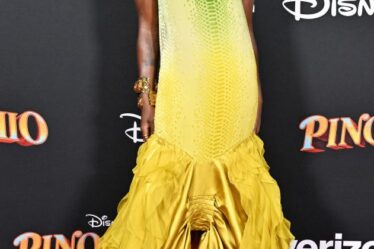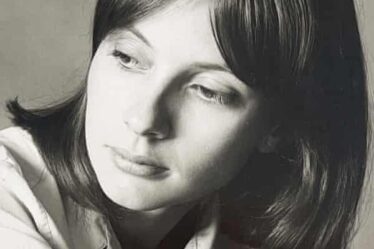
LONDON, United Kingdom — This season, many of the biggest stories happened off the runway — the death of Karl Lagerfeld a particularly poignant example. But the shows themselves still offered a clear view of where the industry is headed.
Paris Fashion Week did nothing to dispel the notion that, increasingly, all roads lead to the French fashion capital. Even if you’re showing elsewhere, you’re selling in Paris, notes Tim Blanks. “The city,” he says, “is energised by fashion in a way no other city is.”
Paris was host to a number of important runway moments: Comme des Garçons‘s “devastating” show that “screamed from the margins” appealed to Blanks’ own sense of apocalyptic urgency, and Lagerfeld’s presence was felt in Chanel‘s trademark peerless production value. Attendees, who were transported to a snow-capped Alpine village, closed the show with a tearful standing ovation. Similarly, at the Fendi show in Milan, a sense of “buoyancy” — rather than elegy — permeated the fashion house’s homage to its late creative director.
This fashion month also underscored a “shift in sensibility” when it comes to bourgeois style. Hedi Slimane‘s unexpected Céline collection gave breathing space to Anthony Vaccarello‘s vision for Saint Laurent, while designers such as Victoria Beckham showed themselves to be contenders for filling the post-Phoebe Philo vacuum in the luxury market.
Recent blunders from some of the biggest names in luxury — from blackface-reminiscent products at Prada and Gucci to Burberry’s “noose” hoodie at London Fashion Week — have forced the industry to meditate on its place among the “toxic, glaring inequities” enduring in society today. “In spite of all the consciousness-raising,” Blanks notes, there remains a job for fashion to “reflect, yet project” ways to solve them.



